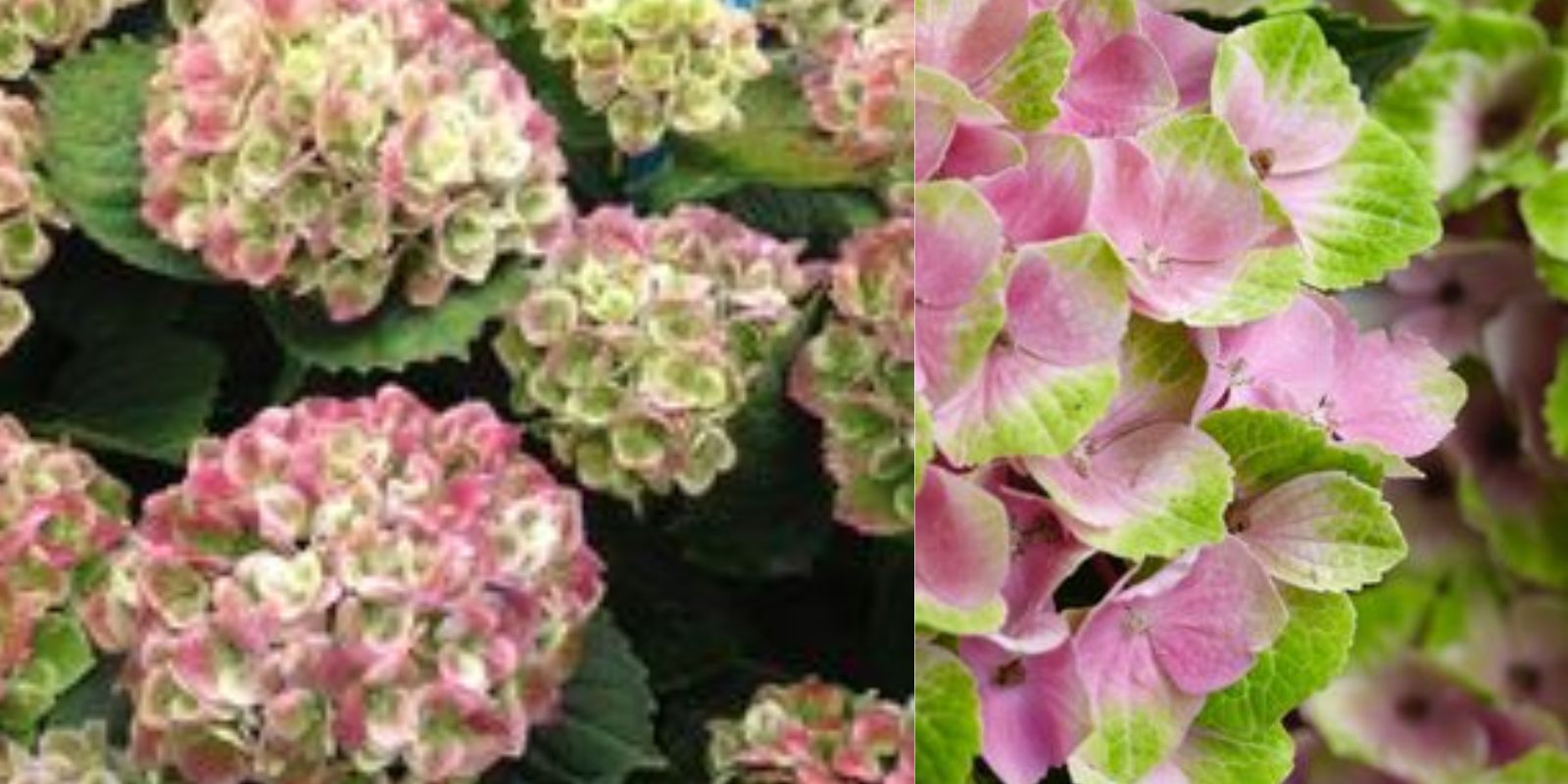Hydrangeas, with their luscious blooms and diverse colors, are quintessential garden favorites that bring elegance and charm to any landscape. Whether you’re starting a new garden or enhancing an existing one, hydrangeas (Hydrangea macrophylla) offer versatility and beauty that captivates the senses. This article explores the allure of hydrangeas, providing insights into their cultivation, care, and the joy they bring to gardeners worldwide.
Introduction
Imagine a garden adorned with the enchanting blooms of hydrangeas—large clusters of flowers in shades of blue, pink, purple, and white, each blossom a testament to nature’s artistry. Hydrangeas are cherished for their ability to thrive in various climates and their capacity to transform gardens with their vibrant colors and lush foliage. Whether planted as focal points, borders, or in containers, hydrangeas add a touch of elegance and sophistication to any outdoor space.
Why Choose Hydrangeas?
There are compelling reasons why hydrangeas are beloved by gardeners around the world:
- Variety of Colors: Hydrangea flowers can range from deep blues and purples to soft pinks and whites, allowing for endless creative possibilities in garden design.
- Long Blooming Season: Depending on the variety, hydrangeas bloom from late spring through fall, providing continuous beauty and interest in the garden.
- Versatility: Hydrangeas thrive in various conditions, from partial shade to full sun, making them adaptable to different garden environments.
Steps to Cultivating Hydrangeas
Let’s delve into the practical steps involved in growing and caring for hydrangeas, ensuring they flourish and grace your garden with their stunning blooms:
1. Choosing the Right Variety
- Research Hydrangea Types: Hydrangea macrophylla includes both mophead (large, round flowers) and lacecap (flatter, more delicate flowers) varieties. Choose based on your preference for flower shape and color.
- Consider Climate and Soil: Select hydrangea varieties that are suitable for your climate zone and soil conditions. Hydrangeas prefer well-drained soil rich in organic matter.
2. Planting Location
- Sunlight Requirements: While hydrangeas tolerate morning sun, they thrive in partial shade, especially in hot climates. Avoid planting them in full afternoon sun, which can scorch their delicate blooms.
- Soil Preparation: Amend the soil with compost or peat moss to improve drainage and acidity levels, which are crucial for hydrangea health and flower color intensity.
3. Planting Hydrangeas
- Timing: Plant hydrangeas in early spring or fall when temperatures are mild and there is less stress on the plants.
- Digging and Planting: Dig a hole twice as wide as the root ball and deep enough so that the top of the root ball is level with the ground surface. Backfill with soil and water thoroughly to settle the roots.
4. Watering and Feeding
- Watering Needs: Keep hydrangeas consistently moist, especially during hot weather. Mulch around the base of the plants to retain moisture and regulate soil temperature.
- Fertilization: Feed hydrangeas with a balanced fertilizer formulated for flowering shrubs. Apply fertilizer in early spring and again in mid-summer to support continuous growth and blooming.
5. Pruning and Maintenance
- Pruning Basics: Prune hydrangeas in late winter or early spring before new growth emerges. Remove dead or damaged wood and thin out crowded branches to improve air circulation.
- Deadheading: Remove spent flowers throughout the blooming season to encourage new blooms and maintain a tidy appearance.
- Winter Care: Protect hydrangeas in colder climates by mulching around the base and covering with burlap or another protective material during extreme cold snaps.
6. Pest and Disease Management
- Monitoring: Regularly inspect hydrangeas for signs of pests such as aphids, spider mites, or diseases like powdery mildew or leaf spot.
- Integrated Pest Management (IPM): Use cultural practices such as proper sanitation, planting disease-resistant varieties, and using organic sprays when necessary to manage pests and diseases effectively.
Enjoying Your Hydrangea Garden
As your hydrangea garden matures, revel in the beauty and tranquility it brings to your outdoor space. Whether you’re admiring the vibrant blooms, creating stunning floral arrangements, or simply relaxing amidst their lush foliage, hydrangeas enrich the garden with their timeless elegance and charm.
Conclusion
Cultivating hydrangeas is a rewarding endeavor that allows you to create a garden oasis filled with beauty, color, and joy. By following these steps for selecting, planting, and caring for hydrangeas, you can cultivate a garden that not only enhances your outdoor living space but also nourishes your soul with nature’s beauty. Whether you’re a novice gardener or seasoned enthusiast, the allure of hydrangeas invites you to embrace their charm and create a garden retreat that inspires and rejuvenates. Start planning your hydrangea garden today and watch as it blossoms into a sanctuary of natural elegance and serenity. Happy gardening!

